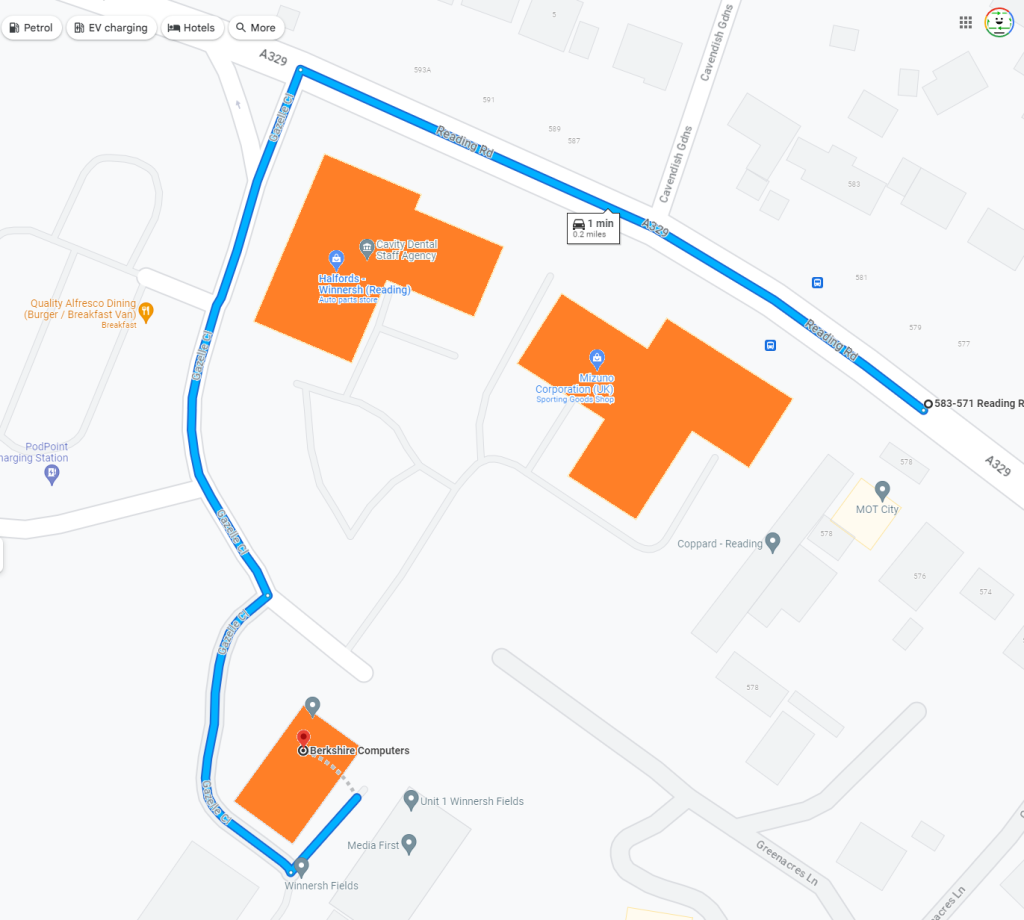Diagnosing Potential Damage After a Power Supply Failure
Experiencing a power supply failure can be a frustrating ordeal, especially if it follows an unexpected power surge. While it’s concerning to have a vital component fail, it raises an important question about the health of the other parts of your computer. After dealing with a burnt smell and unexpected shutdowns, it’s crucial to assess whether your CPU and other components remain in good working condition.
Understanding the Situation
You may have experienced a power surge that led to the demise of your power supply unit (PSU), despite having a surge protector in place. After noticing that your computer would shut down under heavy load and emit a burning smell, it’s clear that the PSU needed replacement. As you wait for a new power supply to arrive, you might wonder about the best approach to test your other components for potential damage.
Testing Your Components for Health
-
Utilize Stress Testing Software: One of the first steps you could take is to run a stress test on your CPU. While you may have already attempted this with CPU-Z prior to the PSU failure, conducting the test again with a new power supply could provide valuable insight into whether your CPU has sustained any damage. Monitoring Software, such as HWMonitor or Prime95, can help you check the performance and thermal efficiency of your CPU under pressure.
-
Check Other Components: Besides the CPU, it’s wise to examine your RAM, GPU, and HDD/SSD. Tools such as MemTest86 can help evaluate your memory, while GPU benchmarking utilities, like FurMark, can stress test your graphics card to ensure it’s performing at expected levels. For storage devices, running diagnostics with tools like CrystalDiskInfo can give you an indication of their health.
-
Running System Utilities: If you’ve already run chkdsk and found no issues, you’re off to a great start. It’s important to run these utilities after replacing the PSU to ensure that your system is operating correctly and that no underlying issues persist.
Conclusion
Upon replacing your power supply, if your computer operates without any noticeable issues, it’s likely that your other components are still in good shape. Always remember to maintain preventative measures, such as using high-quality surge protectors and uninterruptible power supplies (UPS), to safeguard your equipment in the future. By taking these steps, you can ensure the longevity and reliability of your computer system.
Final Thoughts
Ultimately, experiencing a power supply failure
Share this content:



